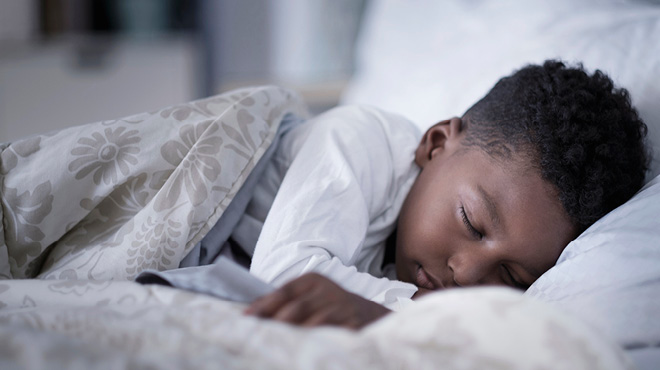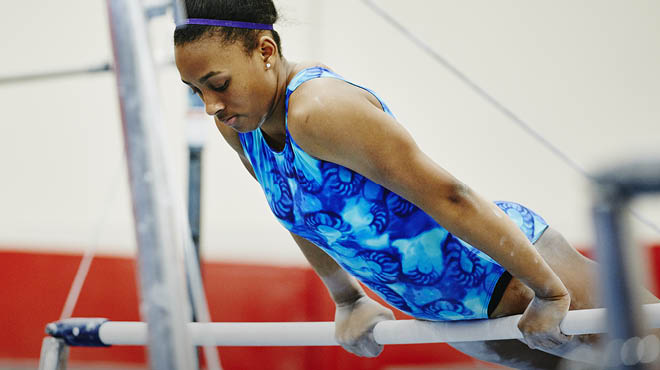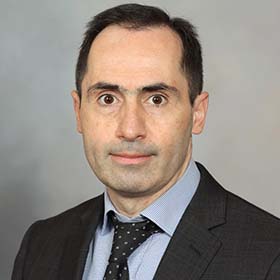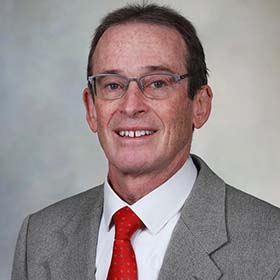
Recent Blogs
Sleep Medicine in La Crosse
If you have breathing and sleeping difficulties, visit the Sleep Disorders Center in La Crosse, Wisconsin. Our center is accredited by American Academy of Sleep Medicine and the American Board of Registrations of Electroencephalographic and Evoked Potential Technologists Incorporated. All technologists are registered in a minimum of two fields of neurodiagnostics and/or polysomnography.
The Sleep Center offers these diagnostic services:
Actigraphy
Actigraphy provides a means for clinicians to measure activity and study sleep quality. It requires patients to wear an actigraph unit that closely resembles a wrist watch. The actigraph unit is worn continuously for an extended period of time. The collected data is downloaded and analyzed to determine wake-sleep patterns.
Ambulatory EEG
An ambulatory EEG machine is small enough for the patients to carry or place by their bedside. Once the electrodes have been attached, patients can be monitored on the EEG machine while they are at home, work or school or performing most normal daily activities, including sleeping at night.
Electroencephalogram (EEG)
This procedure is part of a work-up for patients experiencing these symptoms: headaches, numbness, weakness, strokes, head injuries, tumors and seizures.
Electroencephalogram (EEG) with video monitoring
This allows the patient to be monitored on the EEG machine at the same time they are being video recorded. During play back, the health care team can watch the patient at the same time the EEG is being played on a separate screen, allowing for absolute correlation of the patient's clinical symptoms with the electrographic response of the brain. Patients usually are monitored for greater than four hours and may sometimes be monitored for days. Long-term video monitoring allows the health care team to differentiate between different types of seizures, and assess the behavioral and clinical symptoms of seizures, movement disorders and more.
Electroencephalogram (EEG) monitoring during surgery
EEG monitoring during surgery is offered as a tool during procedures such as carotid endarterectomies. It helps provide assurance to the surgeon that the patient's circulation to the brain remains within normal limits during surgery.
Evoked potentials monitoring during surgery
Evoked potentials may be monitored during some types of surgery, specifically during higher-risk spinal surgeries for fusions or decompressions and during some craniotomies. It gives the surgeon important information regarding sensory and motor pathways in the brain and spinal cord, and can be a valuable tool to help assure desirable outcomes and lack of deficits from surgery.
Evoked potential testing
Electrodes are applied to monitor visual, auditory and nerve pathways. This procedure is used to help assess brain and brainstem function. Patients who are sent for evoked potential testing may be experiencing clinical symptoms or problems similar to those referred for EEGs. Frequent symptoms experienced by patients having these procedures are dizziness, tinnitus, loss of balance, loss of vision or loss of sensation.
Maintenance of wakefulness test (MWT)
An MWT is a series of trials to assess the ability to remain awake in a nonstimulating environment. Patients typically sit in a recliner for the trial periods. A technologist applies sensors and electrodes that will help determine wakefulness. Trials will be performed at two-hour intervals.
Multiple sleep latency test (MSLT)
An MSLT is a series of nap opportunities throughout the day. The test most often is used to determine if narcolepsy is present and provide a measure of sleepiness for patients experiencing excessive daytime sleepiness. This procedure is similar to a polysomnogram and most often is performed the day following a polysomnogram. A technologist applies sensors and electrodes that will help determine sleep and wakefulness. Nap opportunities will be at two-hour intervals.
Polysomnogram (PSG)
This is a sleep study that will monitor sleeping patterns. A technologist will apply electrodes, or wires, on various parts of the body. Bedtime is kept as close as possible to each patient's normal bedtime. If sleep apnea is noted by the sleep technologist during the night, a device called positive air pressure, or PAP, may be used to keep the air passage open and enable breathing to continue throughout the night.
Locations
Hospital
700 West Ave. S., La Crosse, WI 54601- Appointments:
- 608-392-3911
- Hours:
- Mon-Fri:9:00 AM - 4:00 PM




